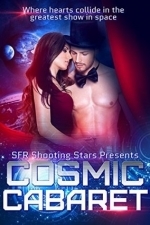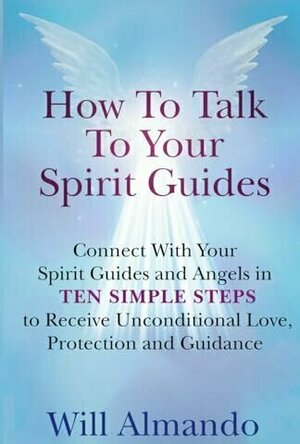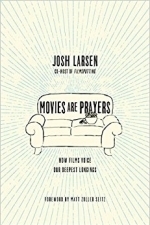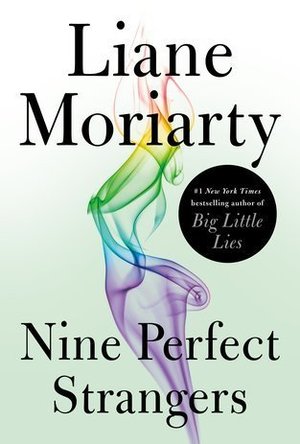
I-Doser Premium
Entertainment and Music
App
I-Doser is the world's top binaural brainwave, lucid dream, mediation, yoga, chakra, kundalini and...

Global Yoga Academy
Health & Fitness
App Watch
***Voted "Best Yoga App 2016" by Healthline*** Introducing the ultimate yoga app to inspire you...
health and fitness

Cosmic Cabaret
Rosalie Redd, Jayne Fury, C.J. Cade, Kat Vancil, Blaire Edens, Diana Rivis, Tessa McFionn, Dena Garson, Selene Grace Silver, Cailin Briste, Athena Grayson , Jenna Lincoln and Kerry Adrienne
Book
Where Hearts Collide in the Greatest Show in Space Join us aboard Blue Star Line’s crown jewel,...
Science_Fiction Romance Anthology
Spine Vibrations: Healing Music for the Spine, Muscles, Organs and Subtle Body
Book
Everything vibrates. And everything in the body vibrates at its own special frequency. This is...

OM Yoga Magazine
Health & Fitness and Magazines & Newspapers
App
Designed to inspire and to energise, OM magazine wants to help you enjoy a more active and rewarding...

How To Talk To Your Spirit Guides
Book
Would you like to receive love, protection, and guidance that improves every aspect of your life? Do...
Guides Self Help Spiritual Reference Nonfiction
Hazel (1853 KP) rated Movies Are Prayers in Books
Jun 18, 2017
Subtitled How Films Voice Our Deepest Longings, film critic and committed Christian, Josh Larsen, writes Movies Are Prayers to explain his perspective that films are one of our ways of communicating with God. Films, or movies as they are oftentimes referred to in this book, can be many things from a form of escapism to historical information and artistic expression, but as Larsen maintains, they can also be prayers.
“Movies are our way of telling God what we think about this world and our place in it.” Apart from those based on Biblical characters or Christian messages, films are not usually a deliberate attempt at speaking to God. What Larsen is suggesting is that God can be found in places you would not expect – the cinema, for instance. Prayer is a human instinct, even for those who have no religious ties. We are forever asking “why am I here?” or “why me?” alongside feelings of gratitude and love for our positive experiences in life.
Josh Larsen explores several expressions of prayer, including the tenets of the Lord’s Prayer, to examine numerous films from popular classics to contemporary Disney. Beginning with wonder at the natural world (Avatar, Into The Wild), positive forms of prayer are identified in well-known cinematography, such as reconciliation (Where the Wild Things Are), meditation (Bambi), joy (Top Hat, and most musicals) and confession (Toy Story, Trainwreck). But Larsen does not stop there, he goes on to use examples of emotions that many may not consider forms of prayer: anger (Fight Club, The Piano) and lament (12 Years a Slave, Godzilla).
To back up his theory, Josh Larsen relates film sequences with Bible passages, for example, the prayers of David and Job. He likens the ending of Children of Men with the Christmas story and identifies the worshipping of false gods with Wizard of Oz. Larsen also suggests the obedience of the main character in It’s a Wonderful Life reflects the experiences of Jonah.
As well as Biblical theory, Larsen refers to citations from other respected Christian writers on the matter of prayer, challenging preconceived notions of both the religious and the atheist. Despite the fact Movies Are Prayers is heavily steeped in religious connotations, it may appeal to film buffs who wish to delve deeper into the hidden meanings of films.
Although the examples in this book are mostly well-known titles, it is unlikely that readers will have watched all the films. Helpfully, Josh Larsen provides details and descriptions of the scenes he has chosen to focus on so that even if you are not familiar with the story, it is possible to understand the author’s perspective. Having said that, Movies Are Prayers contains a lot of spoilers.
Everyone has their own personal view on Christian theory and prayer, so Movies Are Prayers can only be treated as an idea rather than gospel. However, Josh Larsen has developed an interesting theory that makes you think more about the ways we can communicate with God, even when we may not have deliberately chosen to. Being easy to read and not overly long (200 pages), Movies Are Prayers is the ideal book for film-loving Christians.
Kristy H (1252 KP) rated Nine Perfect Strangers in Books
Mar 18, 2019
Well, this was an interesting one, to say the least, and not really what I was expecting! So, at first, it drew me in immediately, with a quick introduction to Masha and her associate Yao, in the past, and then fast forwarding to Tranquillum House. You then meet all the various "strangers" at the resort. It's a pretty easy read; each character has their own unique voice, though it did take me some time to sort them all out and keep track of some of them.
However, once they are at the House, things sort of slow down (which you'll find especially ironic, as the book is filled with little insider jokes about books and writing, including a particularly apropos mention of pace from Frances). Everyone is there, they have to take a vow of silence (umm, ok?), they can't read (what?! I'd be out of there!), and you're wondering what on earth is happening as your characters just sort of sit around and ponder to themselves. Oh, but don't worry, dear Reader, it's going to get much weirder.
Because the thing with this book is that so many of the characters are great--I really liked Frances, for instance, and Zoe, and Tony, and well--a lot of them--but the plot they are dropped into becomes almost too preposterous. It felt as if Moriarty was trying to see how crazy she was allowed to go, but no one was brave enough to stop her, so she just kept going. It was odd, and hard to believe, and I just couldn't rationalize that everything that went on would really occur, could really occur, etc.
And, as I said, it's a shame, because so much of the book is funny, with these great characters, and some of it is gut-wrenching, and so well-done. There's a family whose son has committed suicide, and oh my goodness; their passages are just devastating. It's been nearly 15 years since I lost my loved one to suicide, and yet these parts of the story were so real and so well-done, they were almost too hard to read: they hit me right in the gut.
Also, as mentioned, Moriarty fits in a lot of fun little asides about reading and writing books--some about romances, due to Frances' occupation, but some just writing in general, and it's very meta and very cool. Big portions of the book are really humorous, real, and fun. So it's sad that I wasn't really sure of the overall point of the book and its insane plot.
The end of the book picks up too, which complicates my rating even more. Let's recap, shall we: oft funny and heart-wrenching story with realistic characters marred by an unbelievable plot that carries over for most of the book. What to do, what to do? It's quite a book, that's for sure!

Sukhmani Sahib : Paath in Gurmukhi Hindi English Translation and Meaning
Book and Reference
App
Sukhmani Sahib now in Gurmukhi, Hindi, English and also Translation in English. Each line is...

Yodha Love Astrology Horoscope Vs Daily Horoscopes
Lifestyle and Reference
App
Why settle for an ordinary horoscope when you can have access to authentic Vedic astrologers from...


